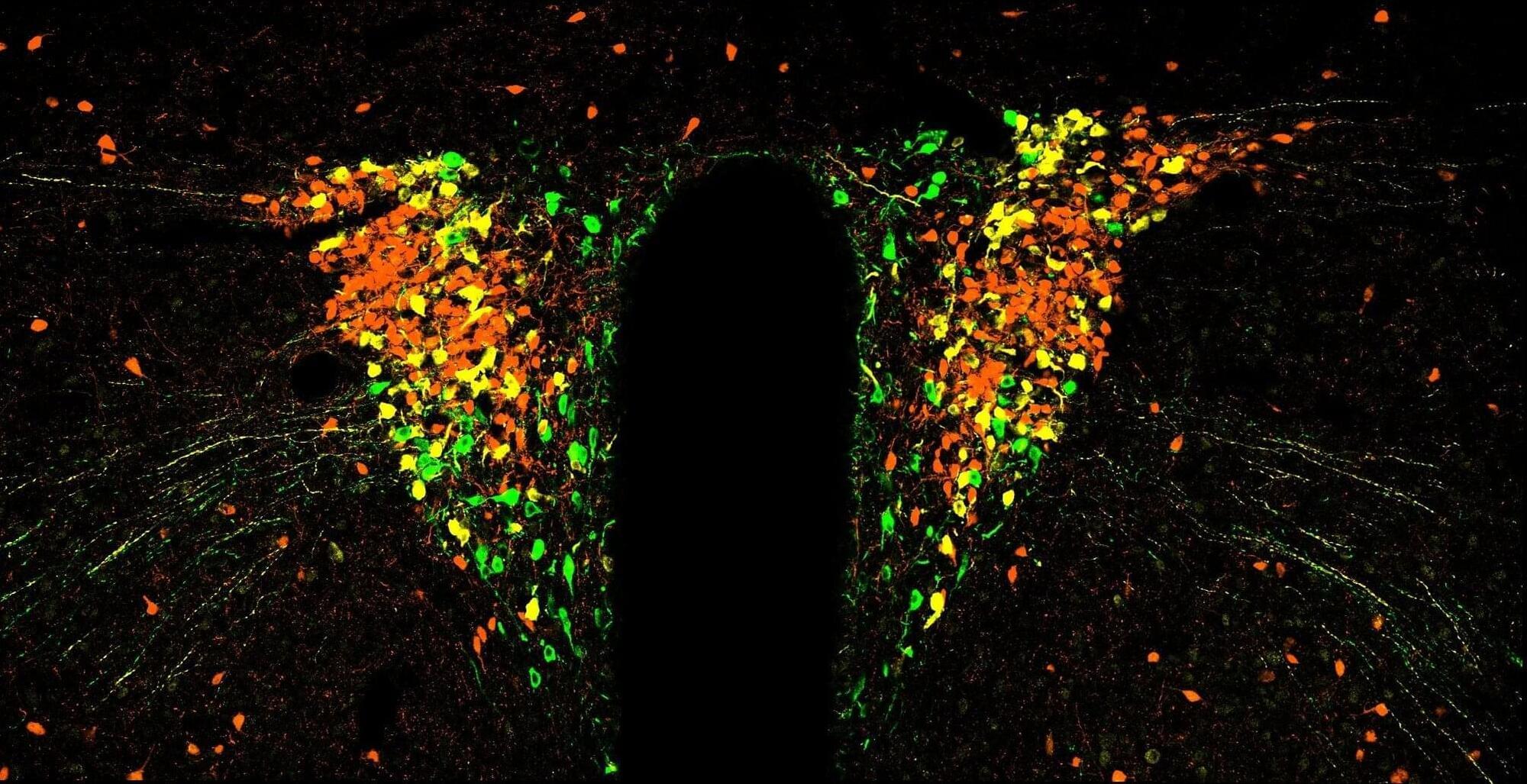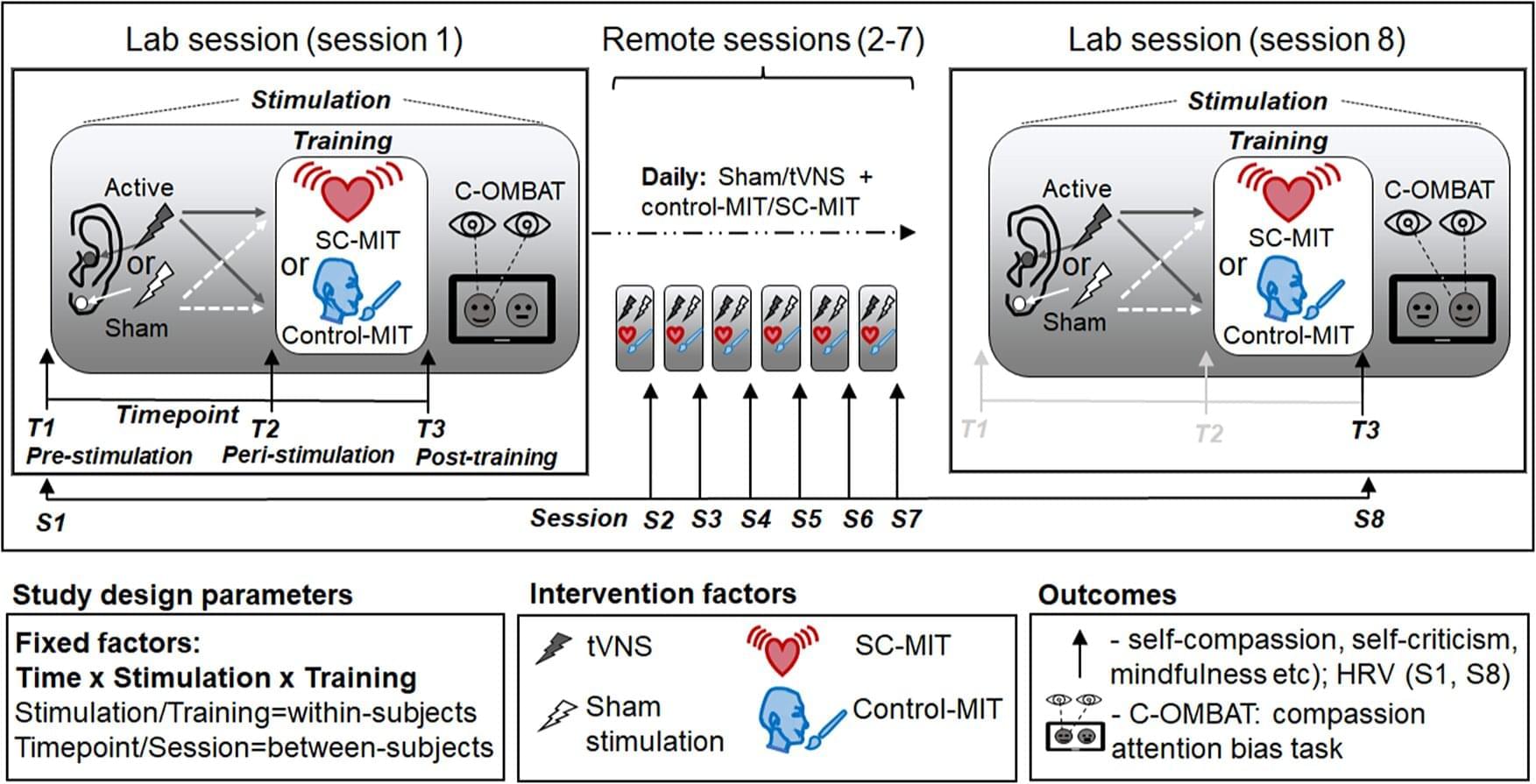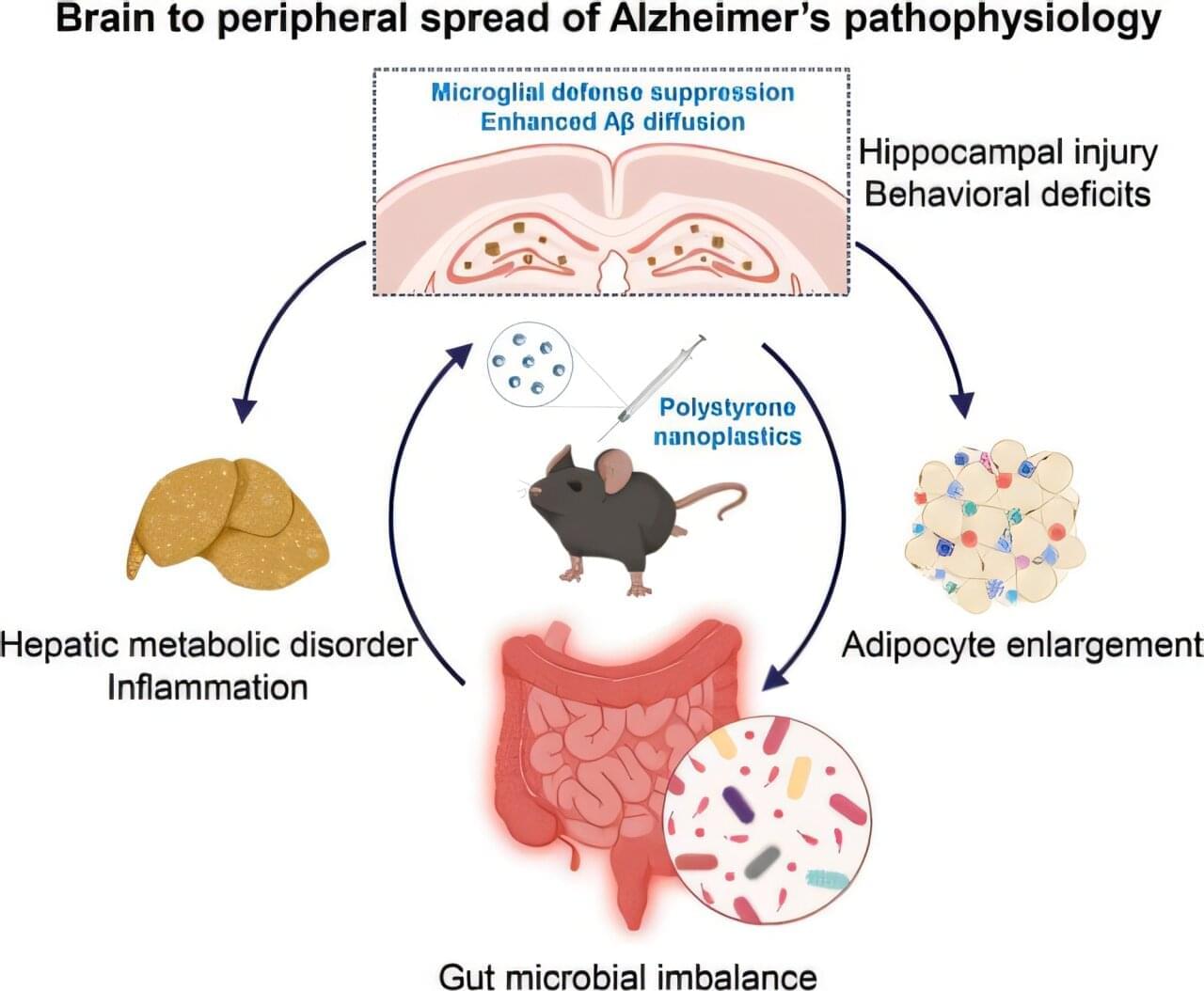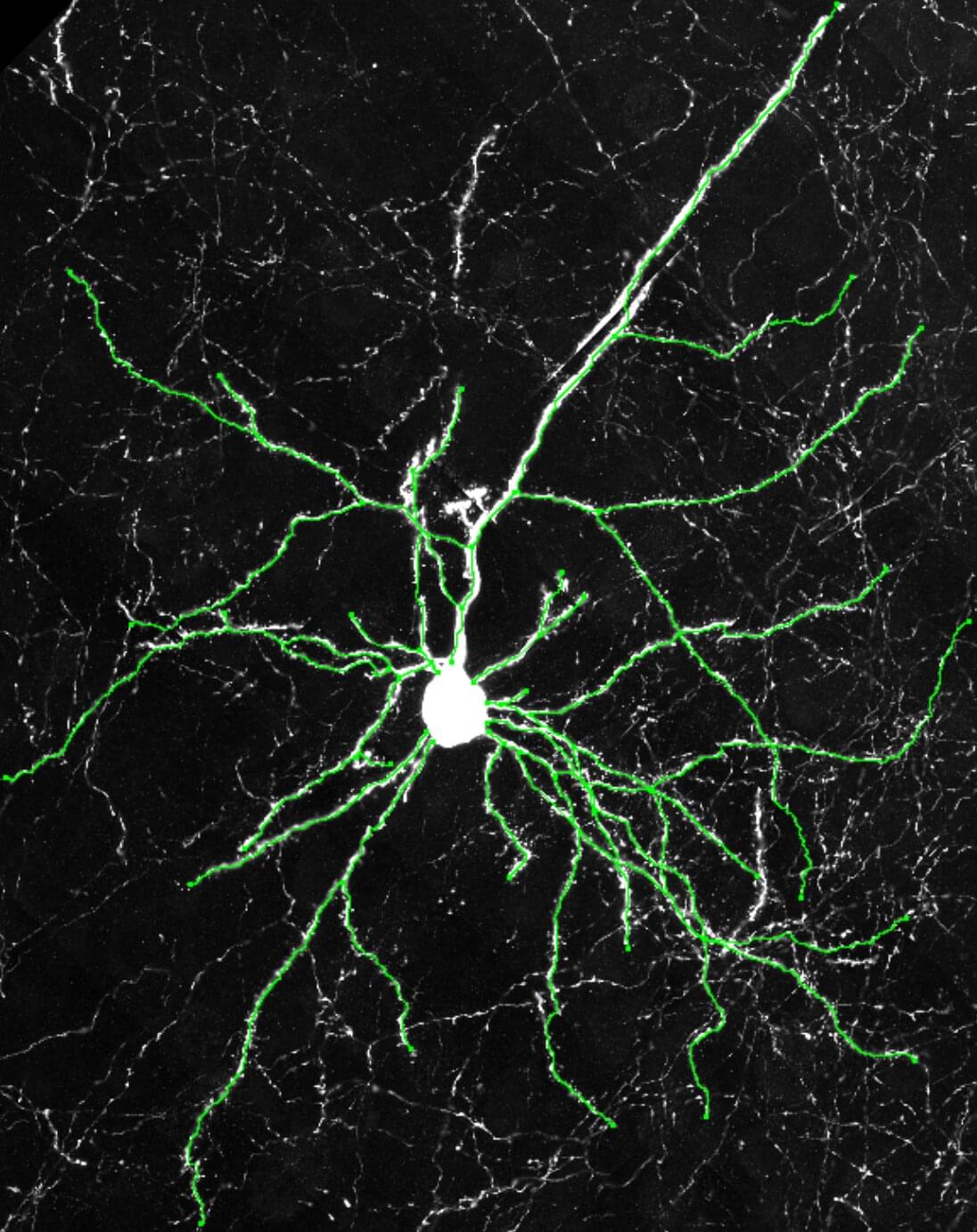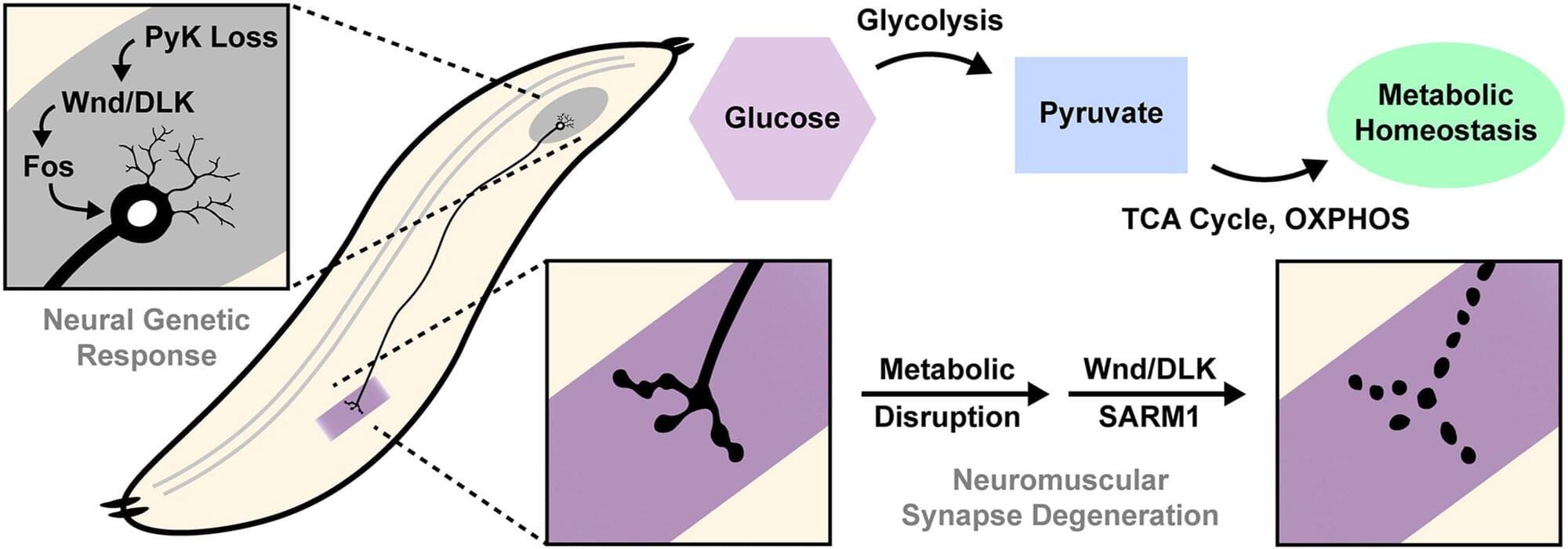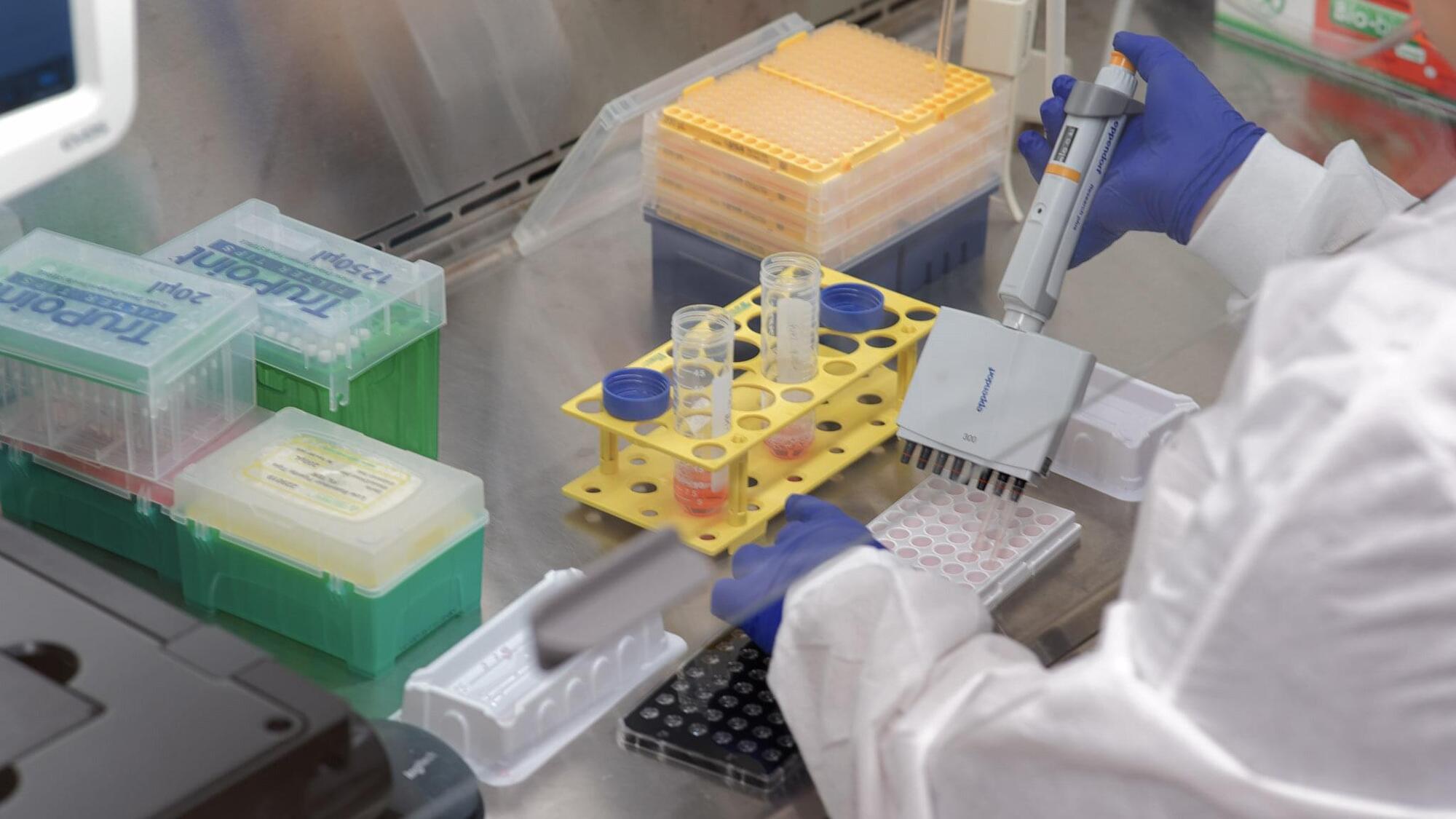Eight essential nutrients make up the suite of B vitamins also known as the B complex. Researchers from Tufts University and elsewhere have revealed that these B vitamins influence a vast spectrum of human health and disease, including cognitive function, cardiovascular health, gastric bypass recovery, neural tube defects, and even cancer.
“It’s hard to study the B vitamins in isolation,” says gastroenterologist Joel Mason, senior scientist at the Jean Mayer USDA Human Nutrition Research Center on Aging (HNRCA) and professor at the Gerald J. and Dorothy R. Friedman School of Nutrition Science and Policy and Tufts University School of Medicine. “Four of these B-vitamins cooperate as co-factors in many critical activities in cells in what we call ‘one carbon metabolism’.”
One carbon metabolism is a series of pathways that allow for the transfer of single-carbon units to cells for essential processes such as DNA synthesis, amino acid metabolism, and more. It’s their role in all these crucial biological functions that make the B vitamins so important-and so challenging to tease out how they contribute positively and, perhaps negatively, to human health.
